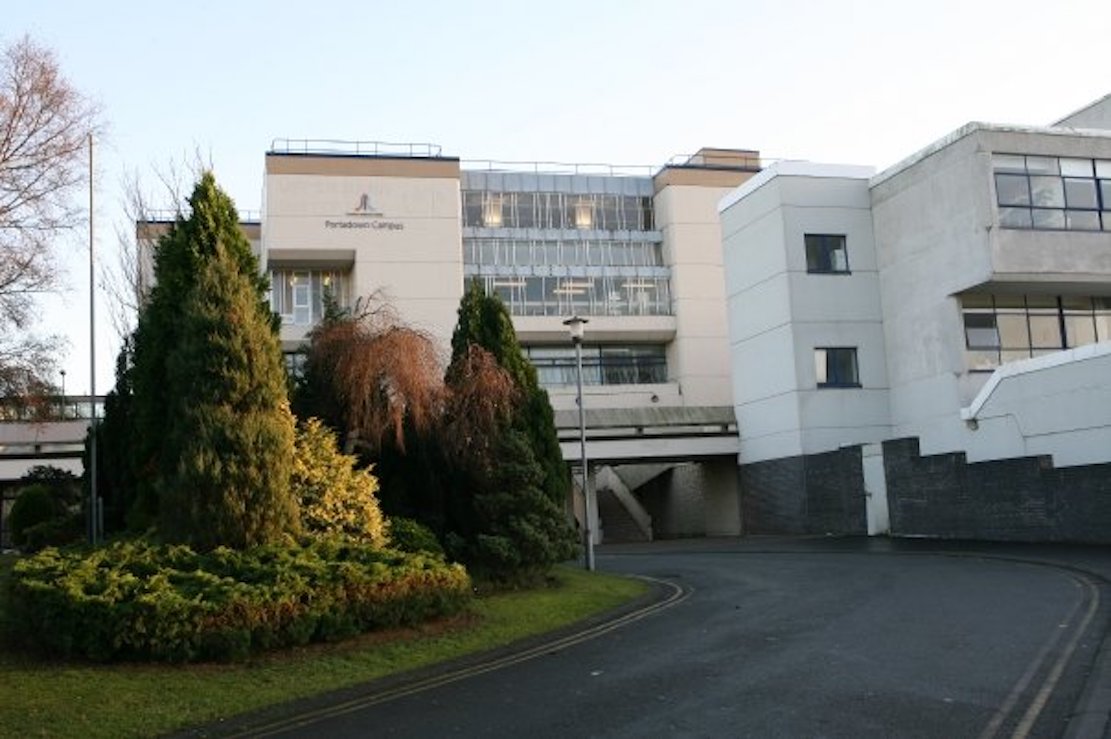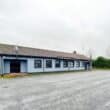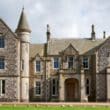
A recommendation to approve the erection of a 20-metre mast on the Portadown campus of the Southern Regional College was endorsed at Wednesday night’s (April 10) ABC Planning & Regulatory Services meeting – despite lingering reservations.
Concerns had to do with the location of the mast in a densely-populated area, its height, and any potential risk regarding human health.
The application was lodged by Les Ross Planning, Magherafelt, on behalf of mobile infrastructure provider, Cornerstone, a company based in Berkshire.
Their application at 46 – 50 Lurgan Road, Craigavon, was for a 20-metre telecommunications column with six antenna, three remote radio units (RRUs), two radio dishes, an equipment cabinet and associated site works.
ABC principal planning officer, Roisin Hamill told committee members: “Members will recall that this application was previously presented to the Planning & Regulatory Services meeting in December, with a recommendation to approve.
“At that meeting, it was agreed that the application be deferred pending a site visit by members.
“Following the site visit a further letter of objection and petition were received.
“At the site visit members had queried why the proposed mast could not be located on a building within the SRC (Southern Regional College) or Glen Dimplex complex.
“These options were considered but discounted. In relation to the SRC building, in order to meet the ICNIRP (International Commission on Non-Ionizing Radiation Protection) requirements, the antenna would need to be elevated significantly above the rooftop, which would require the construction of a lattice-style mast.
“This would be both visually intrusive and potentially detrimental to the structural integrity of the host building.
“An installation at the northern end of Glen Dimplex would fail to adequately address coverage issues due to the separation distances involved, while an installation at the southern end of the complex within the car park would not benefit from the same level of tree screening as the current proposed site, and would be therefore much more visually prominent.
“Officers are satisfied that sufficient information has been submitted to comply with the requirements of policy, in terms of the need for the proposed development and consideration of mast sharing, and alternative sites.
“Officers are of the opinion that the proposal meets the policy requirements, and are presenting the application with an unchanged recommendation to approve.”
Committee vice-chair, Alderman Gareth Wilson (DUP, Cusher DEA) was the first to express some concerns: “It’s going to be visually impactful, and there are in my opinion better locations for this, but I know that’s maybe not the type of solution that works for phone signals.
“Why is this site more appropriate than a more elevated site, further away from residential properties or closer to the main roads?”
The senior council officer replied: “At the last meeting, the operator or the agent involved in the application was here, and they did go through a number of other sites that they had considered, and they had pin-pointed five sites that they had considered, and the reasons why they had ruled them out.
“The reason those sites were being considered was [because] there is a drop in signal here for O2.”
Alderman Wilson still had concerns: “This one just looks like it’s right in the middle of a residential zone.
“I just wonder how could it not be advantageous to have it somewhere where there’s elevation, serving the purpose without all the negative impacts visually and residential concerns close by.”
The principal planning officer replied: “The agent was highlighting that this is where it’s high peak demand. Somewhere in a less residential area, or less busy area, won’t have the same level of demand.
“There’s high peaks of demand within this area which is largely associated with the various educational facilities, and you know the existing cells are becoming saturated, which is having an impact on the wider network.
“That’s why a more remote site isn’t necessarily going to work.
“In our view they have tried to comply with the guidance, and they’ve given us enough information to say it’s needed here and this is why this location is the most suitable.”
Councillor Scott Armstrong (DUP, Armagh DEA) wanted to find out if expert guidance had been sought regarding potential health hazards: “I know there’s been a lot of talk about these towers. There has been concerns that these towers do probably emit some form of radiations.
“Are there any concerns and have all the regulatory bodies come back and said that they are content that this probably won’t cause any issues?”
Roisin Hamill explained that due approval had been obtained from the relevant regulatory body: “Issues have been raised through objections with regard to the impact that this will have on human health, but the proposal has been accompanied by the ICNIRP Declaration of Conformity.
“Regional guidance advises that where it is accompanied by this declaration, it shouldn’t be necessary for the planning authority to consider health concerns any further.
“The UK Health Security Agency have produced guidance on the health aspects of exposure to electromagnetic fields, or radio waves transmitted by mobile communication network base stations.
“You will be aware that the council wrote to DfI in July last year, highlighting that regional policy was 20 years old and should be reviewed.
“The most recent guidance was produced in August 2021. The guidance states that health effects are unlikely to occur if exposures are below the international guideline levels. We are guided by policy.”
Councillor Alan Mulholland (DUP, Portadown DEA) wanted to know if phone masts had been found to have an impact on the value of nearby properties: “Has there been any evidence brought forward that these towers significantly devalue property that’s close to them?”
Roisin Hamill replied: “I have no evidence in front of me that it impacts on property prices. We’ve had statements that people have consulted with the estate agents, but no evidence has been submitted to me to demonstrate that that is the case.”
The recommendation to approve the recommendation was proposed by Councillor Fergal Donnelly (Sinn Féin, Armagh DEA).
There was some silence when the committee vice-chair asked for a seconder.
It took a full 18 seconds – and a bit of encouragement from the committee vice-chair – for a seconder to come forward – Cllr Armstrong.
Alderman Wilson asked: “Okay members, are we all agreed?”
As the question met with silence from committee members who clearly still had reservations at that stage, the committee vice-chair humorously remarked, smiling: “I take it that we are quiet today, folks. A wee bit of reaction would be useful.”
The recommendation was consequently carried.






